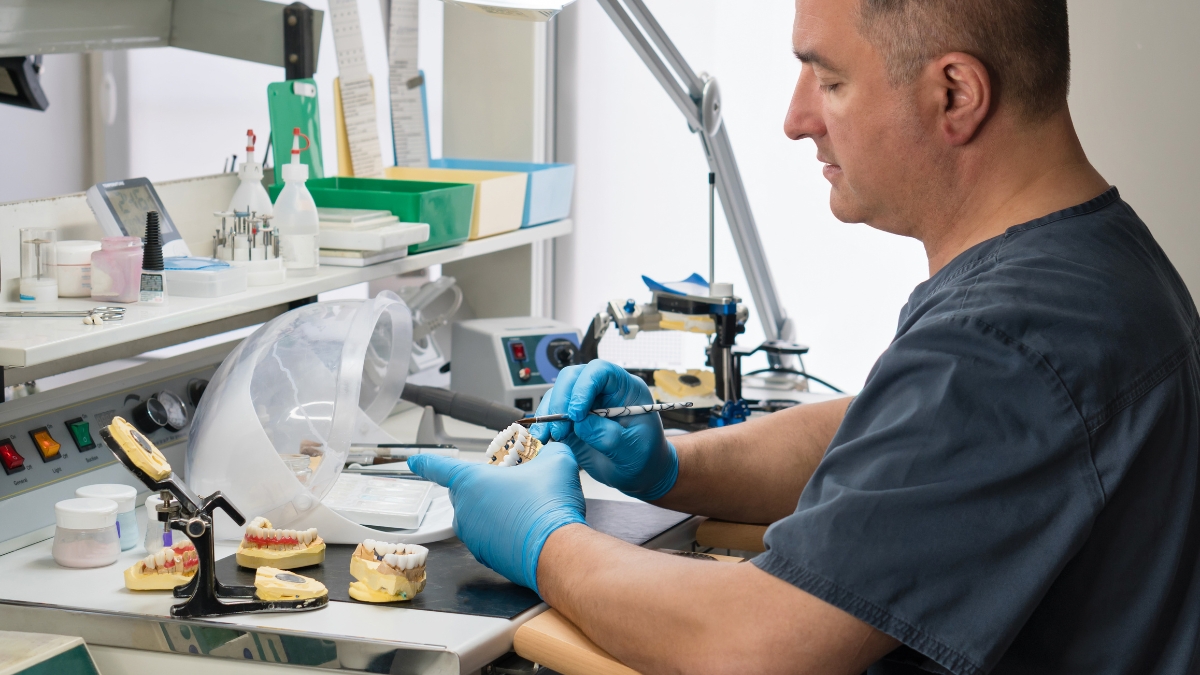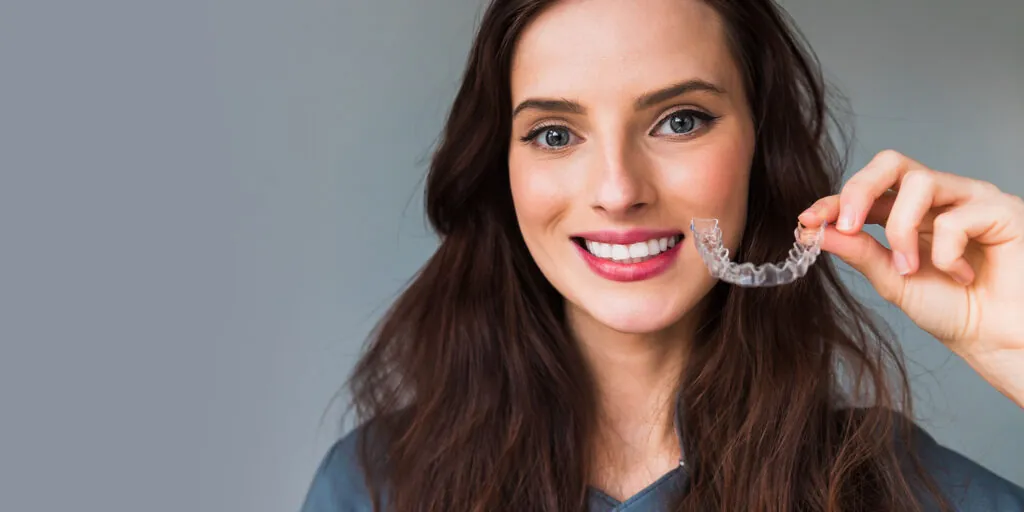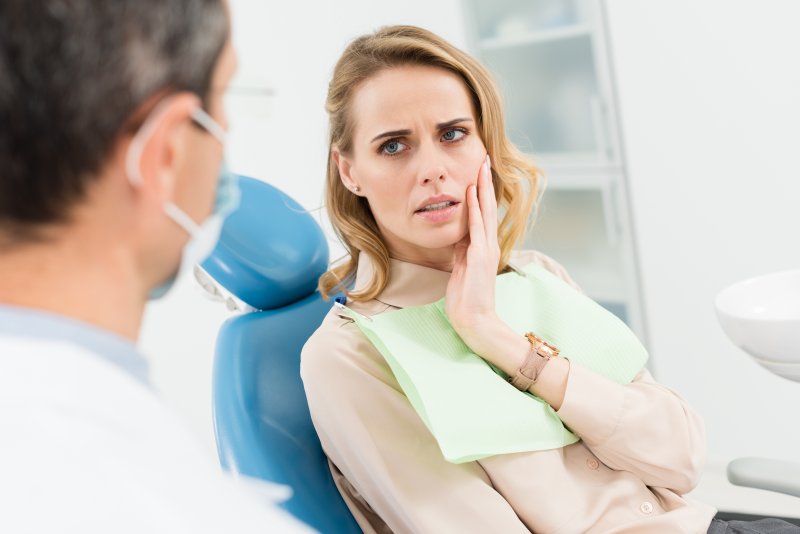Collaboration with a dental lab plays a key role in delivering durable, high-quality restorations. By taking a proactive approach to lab communication, dentists can make sure their restorations are both functional and visually appealing to patients. An effective partnership also streamlines workflows, reduces mistakes, and supports creative problem-solving in complex cases. Here’s how to build a productive working relationship with a dental lab:
Learn About Material Options
Dentists often collaborate with laboratories to evaluate new dental materials, including advanced ceramics and composite hybrids. Through careful testing, a lab can assess how a material performs in terms of appearance, durability, and patient comfort in real conditions. Options like transparent resin or layered ceramics may be explored to improve a smile’s look while maintaining strength.
Patient feedback on color and texture can further guide the selection of suitable materials. Prototypes of crowns, braces, or inlays may be developed and tested jointly, allowing dentists to judge function accurately. More complex treatments, such as implant-supported restorations, benefit from testing to confirm that both aesthetics and performance meet patient expectations. This type of cooperation not only helps identify effective solutions but also strengthens trust between dentists and laboratories.
Integrate Digital Workflows
Digital workflows allow dentists to share precise 3D scans with a dental lab for design and milling. Intraoral scanners capture accurate impressions of bite alignment and soft tissue contours, reducing the need for remakes. With CAD/CAM files, technicians can carefully plan every aspect of a restoration, improving both fit and occlusion.
Digital records for crowns, bridges, and dentures also streamline case preparation by eliminating manual adjustments. Detailed notes on margins, angles, or surface texture should be provided to make sure the final restoration meets the dentist’s requirements. Collaboration through secure portals or cloud platforms speeds communication and allows real-time feedback from both parties.
Digital integration also facilitates future modifications, such as adding veneers or adjusting abutments. The approach minimizes errors, enhances workflow efficiency, and strengthens trust during complex restorative procedures. If a crown or removable device breaks, a digital file allows the lab to remake the product quickly.
Discuss Shade Matching
Shade-matching trials help confirm that restorations blend with a patient’s natural teeth under different lighting conditions. Dentists may provide high-quality photographs and close-up images of teeth and gums to guide accurate color selection. In the lab, hue, value, and chroma can be closely replicated with tools such as digital shade guides.
Joint trial sessions, like testing crowns in the patient’s mouth before completion, reduce remakes and may help lower the risk of dissatisfaction. Dentists and technicians can also experiment with layering methods, combining internal dentin shades with translucent enamel overlays. Adjustments based on patient feedback, such as preferences for brightness or warmth, further refine the outcome. Shade trials play a key role in anterior restorations, such as veneers, where appearance is paramount. This shared process enhances patient outcomes and fosters a stronger working relationship between dentists and laboratories.
Conduct Case-Specific Discussions
Complex cases benefit from regular collaboration, where dentists and laboratories plan restorations together from beginning to end. Factors such as bite forces and implant positioning are reviewed to confirm each restoration performs properly. Using 3D-printed models or mock-ups allows both sides to visualize the outcome and make adjustments before fabrication. Collaboration also provides an opportunity to address challenging cases, such as full-arch implants or patients with bruxism, to improve long-term outcomes.
Technicians provide valuable insights into material behavior and fabrication limits, enabling dentists to establish realistic treatment goals. Functional details like cusp angles and pontic design are evaluated to improve comfort and chewing efficiency. Aesthetic preferences, including smile line characteristics and tooth shape, can also be discussed. This collaborative approach supports both functional and aesthetic restorations.
Work With a Dental Lab Today
A combination of clear communication, innovative methods, and data-driven strategies allows dentists and dental laboratories to achieve quality results. Through joint material testing and adoption of digital workflows, restorations can be produced with both precision and aesthetic harmony. Tracking outcomes and conducting shade trials also provide measurable data that support patient satisfaction and long-term success. These forms of collaboration foster stronger professional relationships, reduce the frequency of remakes, and improve the efficiency of daily practice operations. Start your search for a reliable dental lab today to learn more about the collaboration process.
Social Sharing
Your Content Goes Here
Latest Posts





